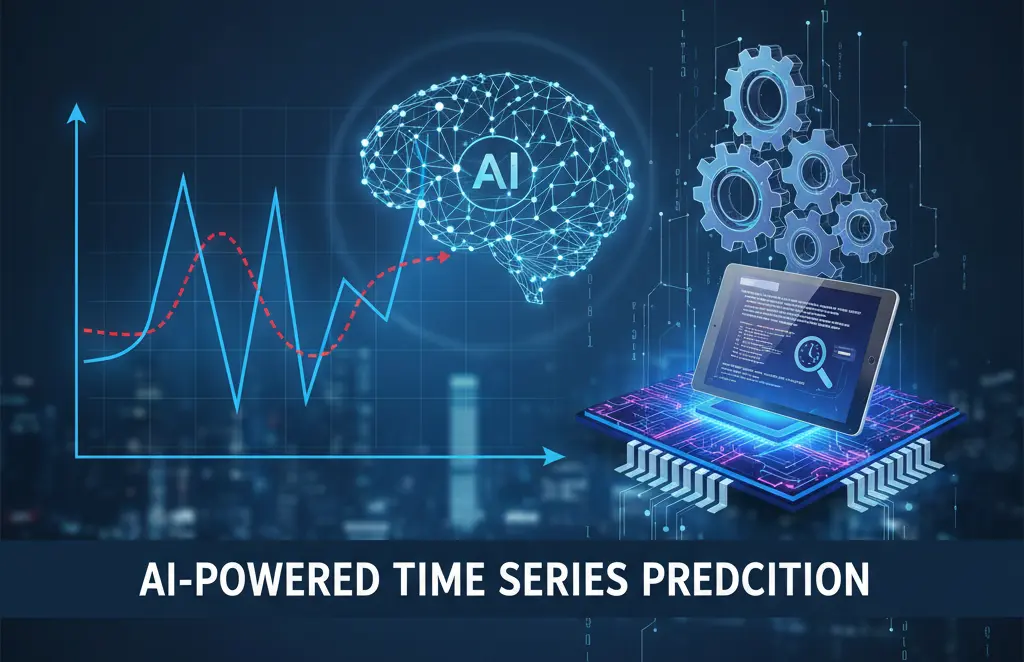The pace of change in today’s business landscape is dizzying. Forward-thinking organizations are racing to harness the transformative power of artificial intelligence (AI), recognizing it as a critical driver of innovation, operational efficiency, and competitive advantage. But for many enterprises, the path to AI-powered success is strewn with a unique set of challenges – challenges that become especially pronounced when attempting to integrate these advanced technologies into the aging infrastructure of legacy IT systems.
Legacy systems, which have served organizations well for years or even decades, often lack the flexibility and adaptability required to seamlessly accommodate new AI technologies. Integrating these advanced capabilities into rigid, outdated infrastructures can be fraught with complexities, from technical hurdles to organizational resistance to change.
In this blog post, we’ll explore the key challenges associated with integrating AI into legacy IT systems and uncover strategies to navigate these obstacles successfully.
Challenge #1: Data Compatibility and Accessibility
One of the primary obstacles in AI integration is ensuring that the data required to train and power AI models is readily available and compatible with existing systems. Legacy IT infrastructures frequently rely on siloed, disparate data sources that may be incompatible with the data formats and structures required by AI applications. Overcoming these data integration challenges is crucial for unlocking the full potential of AI.
Challenge #2: System Scalability and Performance
Legacy IT systems are often ill-equipped to handle the computational demands and scalability requirements of AI-driven applications. As the volume and complexity of data increases, these traditional systems may struggle to provide the processing power, storage capacity, and real-time responsiveness needed to support AI initiatives effectively.
Challenge #3: Security and Compliance Concerns
Integrating AI into legacy environments raises significant security and compliance concerns. Legacy systems may lack the robust security measures and access controls required to safeguard sensitive data and ensure regulatory compliance, particularly in highly regulated industries. Addressing these challenges is essential to mitigate risks and maintain stakeholder trust.
Challenge #4: Organizational Change Management
Successful AI integration goes beyond just technical considerations; it also requires navigating the complex landscape of organizational change management. Legacy IT systems are often deeply embedded within an organization’s operations, and introducing new AI-driven processes can face resistance from employees accustomed to established workflows and methods.
Strategies for Overcoming the Challenges
To address these challenges and unlock the transformative potential of AI within legacy IT environments, organizations should consider the following strategies:
- Implement a Robust Data Governance Framework. Establish a comprehensive data governance program to ensure data quality, accessibility, and compatibility across the organization. This may involve modernizing data architectures, investing in data integration tools, and breaking down silos to create a unified view of enterprise data.
- Leverage Containerization and Microservices. Adopt a more modular, scalable approach to IT infrastructure by leveraging containerization and microservices. This can help overcome the performance and scalability limitations of legacy systems, allowing AI applications to be deployed and scaled more efficiently.
- Prioritize Security and Compliance. Strengthen the security posture of legacy systems by implementing robust access controls, encryption, and monitoring capabilities. Ensure that AI-driven processes and data management adhere to industry regulations and data privacy standards.
- Embrace a Culture of Continuous Learning and Adaptation. Foster an organizational culture that embraces change and encourages employees to continuously learn and adapt to new technologies. Provide comprehensive training and change management support to help employees navigate the transition to AI-powered workflows.
By addressing these challenges and implementing strategic solutions, organizations can successfully integrate AI into their legacy IT systems, unlocking new levels of efficiency, innovation, and competitive advantage.


